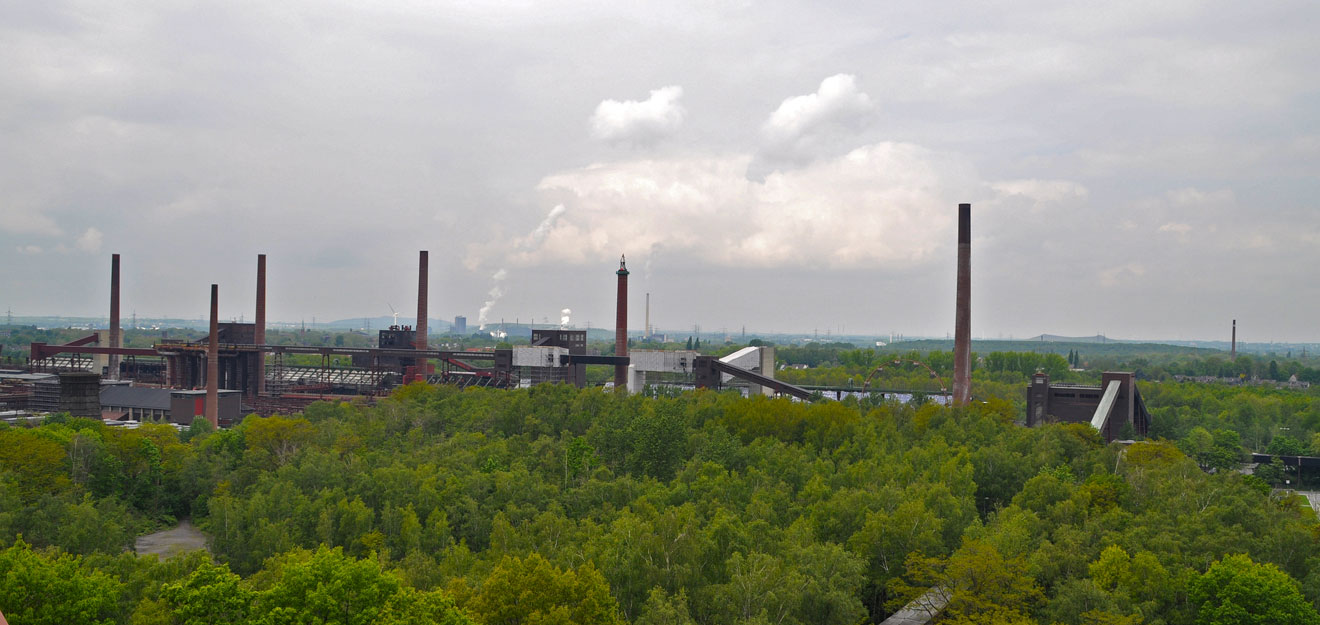Mine water hazards are one of the common and highly dangerous hidden dangers in mining operations. The occurrence of mine water disasters not only affects the normal production of mines, but may also endanger the safety of miners' lives. Therefore, formulating scientifically effective prevention and control measures is the key to ensuring the safety of mining operations.
1、 Preventive measures
geological prospecting
Detailed exploration: Before mining, it is necessary to conduct detailed geological exploration to understand the hydrogeological conditions of the mining area. By using methods such as drilling and seismic wave detection, the distribution and flow direction of groundwater can be determined, providing a basis for formulating prevention and control measures.
Data analysis: Collect and analyze historical water disaster data from the mining area and its surrounding areas, understand past water disaster situations and causes, and summarize experiences and lessons learned.

Mine design
Reasonable layout: Based on the exploration results, the ventilation and drainage system of the mine should be reasonably arranged to ensure that the drainage system can timely and effectively remove the accumulated water underground.
Waterproof structure: In the design of mines, the setting of waterproof structures, such as water dams, waterproof walls, etc., should be fully considered to prevent water damage.
anti-seepage measure
Anti seepage materials: In mine construction, anti-seepage materials are used to treat mine tunnels and reduce groundwater infiltration.
Grouting plugging: In areas where water seepage may occur, grouting plugging technology is used to block the seepage channel and reduce the risk of water damage.
2、 Monitoring measures
Real time monitoring
Monitoring equipment: Install water level monitoring equipment in the mine to monitor real-time changes in underground water level. Through an automated monitoring system, timely grasp of mine water conditions.
Regular inspection: Regularly inspect the drainage system, tunnels, etc. of the mine, and promptly handle any abnormal situations found.
early warning system
Establish a warning mechanism: Based on monitoring data, establish a mine water hazard warning mechanism. When the monitoring data exceeds the warning threshold, timely issue warning signals and take corresponding emergency measures.
Emergency drill: Regularly organize mine water disaster emergency drills to improve miners' emergency response capabilities and ensure quick and safe evacuation in the event of water disasters.
三、治理措施
drainage system
Improve drainage system: Establish a comprehensive mine drainage system to ensure that accumulated water can be quickly drained. The drainage system should include drainage pipes, drainage pump stations, etc.
Regular maintenance: Regularly maintain the drainage system to ensure its normal operation. Clean the drainage pipes to prevent blockage.
Emergency Management
Emergency equipment: equipped with emergency drainage equipment, such as mobile drainage pumps, high-pressure drainage pipes, etc. In the event of a water disaster, emergency drainage equipment can be quickly activated to remove accumulated water.
Rescue supplies: Reserve rescue supplies such as life jackets, lifelines, etc. to ensure that miners can receive timely rescue in case of water disasters.
Subsequent processing
Accident investigation: After a water damage accident occurs, conduct a timely accident investigation, identify the cause of the accident, summarize lessons learned, and improve prevention and control measures.
Environmental restoration: To restore the environment of mines affected by water disasters and ensure that they can resume production.
The prevention and control of mine water hazards is an important aspect of mine operation safety management. Through scientific preventive measures, real-time monitoring methods, and effective governance methods, the incidence of mine water disasters can be greatly reduced, ensuring the safety of mining operations. Mining enterprises should attach great importance to water hazard prevention and control, continuously improve prevention and control measures, enhance emergency response capabilities, and provide miners with a safe and reliable working environment.







Comment